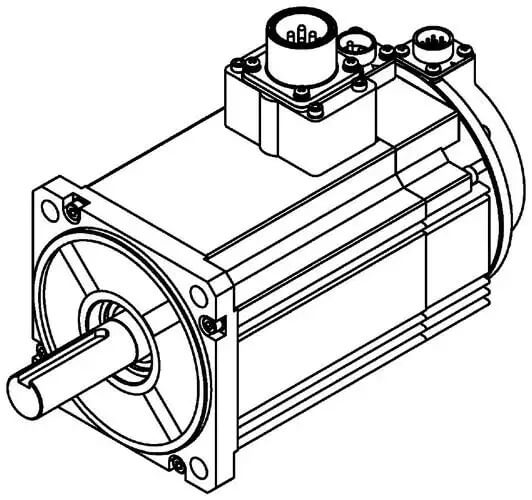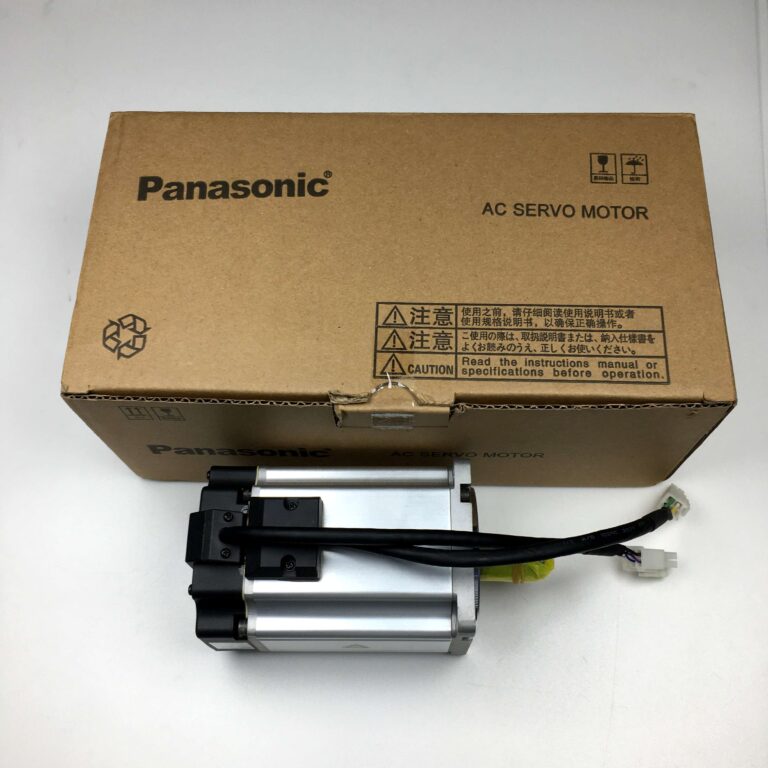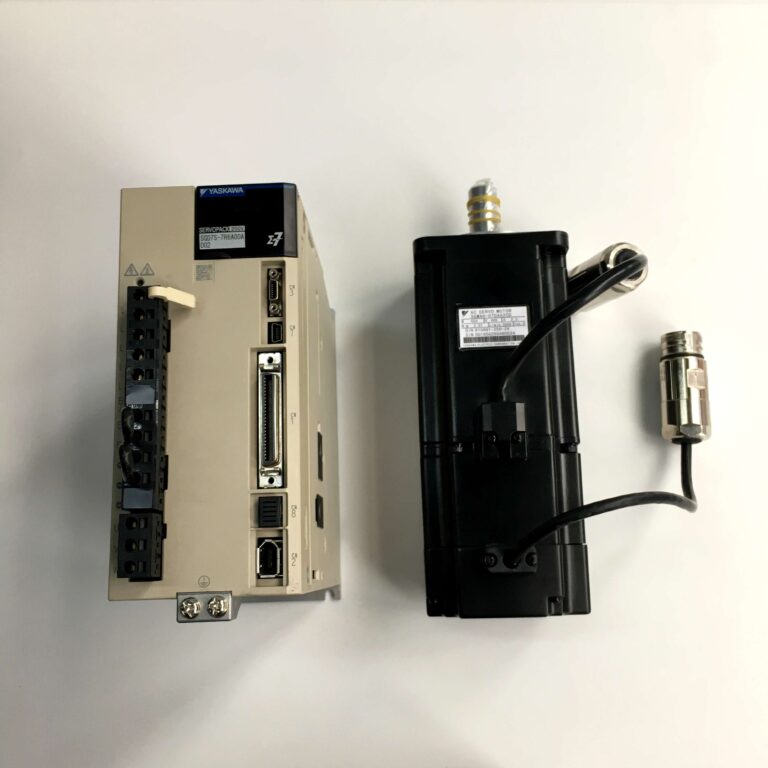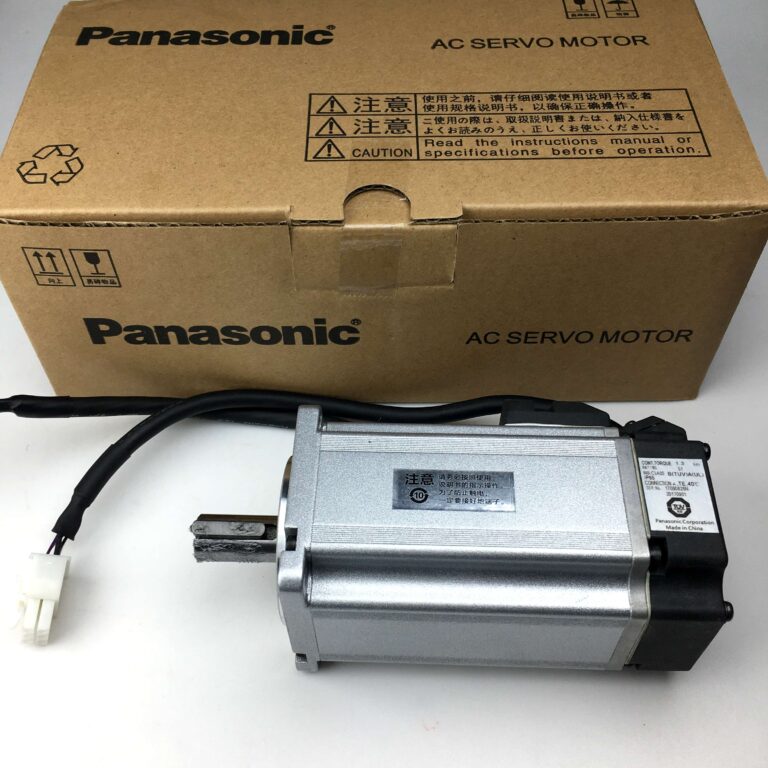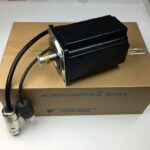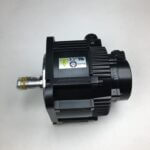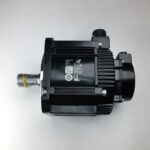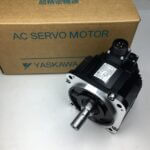Can Servo Motors Be Torque Controlled?
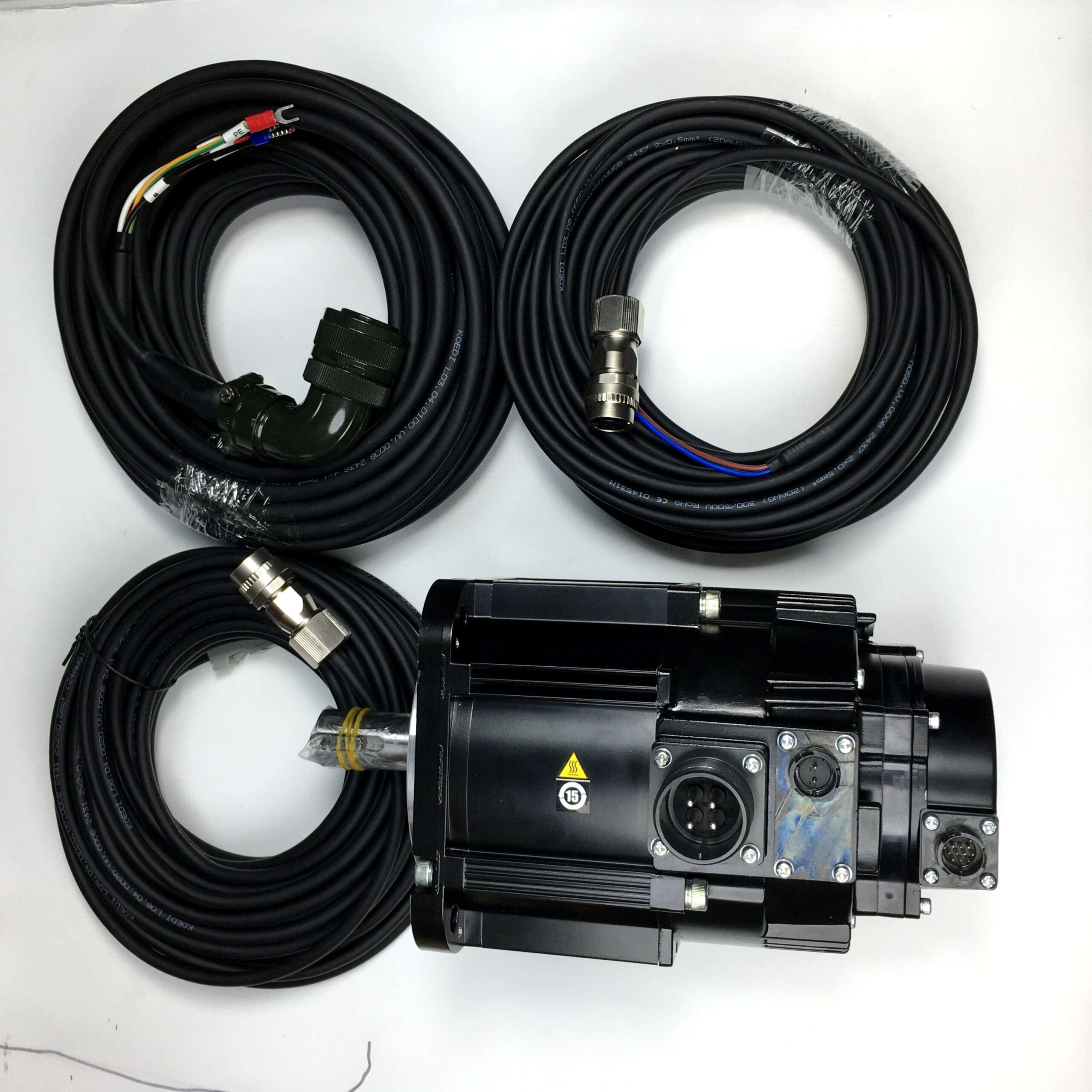
Servo motors are incredibly versatile devices used in a wide range of industries, from robotics and manufacturing to home automation. They excel in providing precise control over speed, position, and torque. But one commonly asked question is, can servo motors be torque controlled? The short answer is yes. Torque control can be an essential feature in many applications, and this article will delve into what torque control means for servo motors, how it works, and its applications.
Understanding Torque Control in Servo Motors
What is Torque Control?
Torque control refers to the ability to regulate the amount of torque a motor produces. Torque is essentially a measure of the twisting force that a motor generates to drive a load. In servo motors, this feature allows the user to ensure that the motor only produces as much force as is required to perform a task, which can be very important in tasks involving sensitive components or variable loads.
For instance, in applications such as robotic arms where precise pressure application is crucial, torque control helps prevent damage to delicate parts. It offers a level of accuracy that cannot be achieved solely by controlling speed or position.
Key Points to Understand Torque Control:
- Torque Regulation: Ensures the motor doesn’t exceed the desired force.
- Feedback Mechanism: Typically involves sensors or encoders to continuously monitor and adjust the motor’s output torque.
- Current Control: Torque is directly proportional to the current supplied to the motor. Controlling the current allows precise torque adjustments.
How is Torque Control Achieved?
Servo motors achieve torque control through their built-in feedback system. This system uses encoders to measure the position, velocity, and current, which directly correlates with the torque output. Adjustments are continuously made to keep the torque within specified limits.
- Proportional-Integral-Derivative (PID) Controllers: Most servo systems use PID controllers to regulate torque, where current control is key. By monitoring current, the motor can adjust its power to provide the exact amount of torque needed.
- Closed-loop System: In a closed-loop system, the controller can adjust the motor’s output based on feedback, which allows for a highly accurate torque response.
In some scenarios, torque control may even be layered over other types of control, such as position control or speed control, allowing for combined functionalities.
Applications of Torque Control in Servo Motors
1. Industrial Robotics
In industrial robotics, torque control is pivotal for operations that require a delicate touch. For example, when assembling components, the robot arm must apply just enough force to fit parts together without breaking or damaging them. Torque control enables these precise actions.
Example Application: A robotic gripper that uses a servo motor with torque control can ensure that it picks up a fragile glass bottle without crushing it, applying just the right amount of force based on feedback from sensors.
2. Conveyor Systems
In conveyor systems, torque control allows for smoother transitions when starting or stopping the belt. This prevents jerking motions that could damage products or lead to misalignment.
- Torque Compensation: The servo motor can adjust torque to compensate for load variations along the conveyor, ensuring smooth and reliable operation.
3. Tension Control in Manufacturing
Torque control is frequently used in tension control systems for manufacturing processes, such as winding or unwinding coils of wire, paper, or textile. Here, it’s critical that the tension remains consistent to avoid breaking or deforming the material.
4. Medical Devices
In medical equipment, torque control can be crucial, particularly for devices like motorized surgical instruments or prosthetics, where safety and precision are of utmost importance.
Note: If you are interested in precision motors ideal for such applications, consider our collection of Panasonic Servo Motors, which provide advanced control features perfect for high-stakes environments.

How to Set Up Torque Control for Your Servo Motor
Step 1: Understand Your Application’s Requirements
First, you need to understand the specific torque requirements of your application. Is it a robotic arm that requires precise gripping power? Or a conveyor belt that must maintain a consistent torque output under varying loads?
Step 2: Select the Right Servo Motor
Not all servo motors are designed to handle torque control effectively. You must select a motor that supports torque feedback and has the right specifications for your application.
For example, our Yaskawa series products are well-suited for industrial automation tasks requiring high reliability and accurate torque control.
Step 3: Configure Your Drive System
The servo drive must be configured to accept torque commands. This often involves setting up the motor controller to operate in current mode (since current is proportional to torque). The motor drive must also be properly tuned, often using tools such as auto-tuning software or manual adjustment.
- Tuning the PID Gains: Proper tuning of the PID gains is crucial for torque accuracy. Over-tuning or under-tuning can cause oscillations or sluggish performance.
Step 4: Set Safety Limits
Since torque can affect the mechanical integrity of your setup, it’s essential to set safety limits. Modern servo drives allow you to set maximum current limits, ensuring that your motor doesn’t inadvertently exceed its torque capacity.
Step 5: Test and Monitor Performance
Once configured, it’s crucial to test the performance of the system. Adjust parameters based on how well the motor achieves the desired torque levels. Monitoring is typically done via software interfaces that give real-time data on current, torque, and system response.
Advantages of Using Torque Control in Servo Motors
1. Enhanced Safety
Torque control can prevent damage to both the motor and the load. By keeping torque within specified limits, you minimize the risk of accidents that might otherwise occur due to excessive force.
2. Improved Efficiency
By providing only the torque needed, power consumption is optimized, which can lead to reduced energy costs in the long run. Less energy waste also means less heat generation, which is beneficial for the longevity of the motor.
3. Precision in High-Stakes Applications
The ability to precisely control torque is indispensable in applications where even minor deviations could lead to significant errors, such as in medical surgery or delicate manufacturing.
Challenges and Limitations
Complexity in Setup
Torque control is generally more complex to set up than simple speed or position control. It requires accurate calibration and tuning, and using a feedback system may increase the initial cost.
Load Variability
In systems where the load varies significantly, the tuning parameters must be adjusted to handle these changes, which can make maintaining consistent torque challenging.
To mitigate these challenges, our Panasonic MINAS A5 Servo Motor collection comes with built-in features that simplify the process of adapting to variable loads.
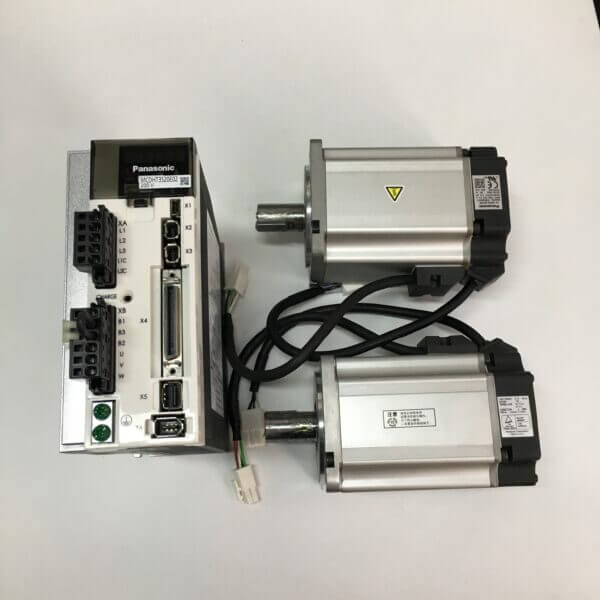
FAQs
1. Can all servo motors be torque controlled?
Not all servo motors support torque control. Only motors equipped with proper feedback systems and compatible controllers can be used for torque regulation.
2. How do you measure torque in a servo motor?
Torque is generally measured indirectly by monitoring the current supplied to the motor. The relationship between current and torque allows controllers to regulate torque accurately.
3. Is torque control better than speed control?
It depends on the application. Torque control is better for situations where force is critical, while speed control is more suited for applications where precise timing and velocity are required.
4. What are the risks of improper torque control?
Improper torque control can lead to excessive force, which may damage both the motor and the load. It can also cause instability in the system, leading to inefficient operation.
5. How does torque control impact energy consumption?
By limiting the motor’s output to only what is necessary, energy efficiency is improved, reducing overall power consumption and minimizing heat production.
Conclusion
Torque control in servo motors is a powerful feature that enhances the precision, safety, and efficiency of numerous applications. Whether it’s in robotics, medical devices, or industrial processes, torque control allows for a level of finesse that cannot be achieved through position or speed control alone. By carefully selecting and configuring your servo system for torque control, you can achieve optimal performance tailored to the needs of your project.
For more information on choosing the right servo motor for your needs, visit our Servo Motor Store. Proper torque control could be the key to unlocking new levels of productivity and reliability in your application.
